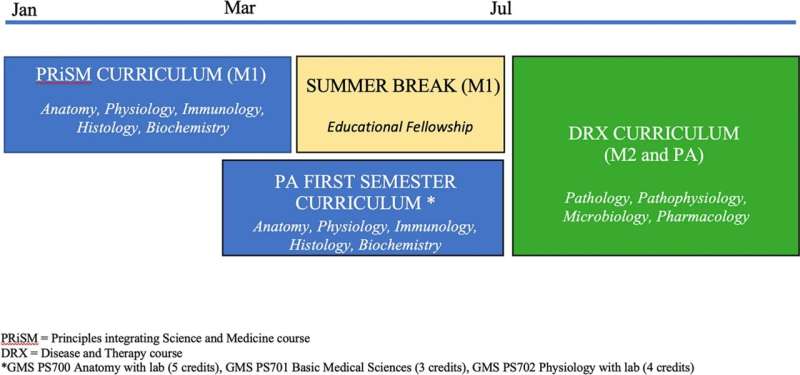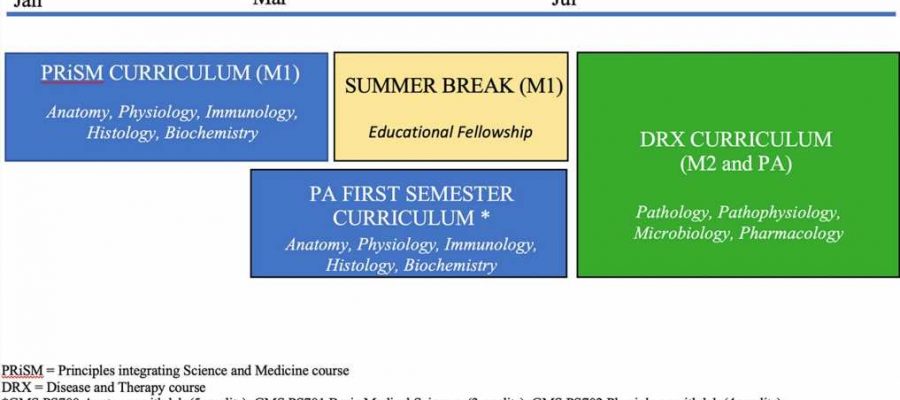
Teaching is an integral communication skill central to the practice of medicine. The art of teaching extends beyond disseminating information. The skill directly translates to health provider-patient communication, the success of which is positively correlated with improved patient outcomes.
“Teaching is a large part of medicine—patient education is critical to providing high-quality patient-centered care. Education helps patients understand the ‘why’ and ‘what’ of their treatments and allows them to be better participants in their own care and in shared decision making,” said author Susan White, MD, assistant professor of obstetrics & gynecology at Boston University Chobanian & Avedisian School of Medicine.
In an effort to foster near-peer inter-professional teaching and teamwork, the school has developed a curriculum using medical students as teaching assistants, called Educational Fellows, to work with students studying to become physician assistants (PA).
“Our Educational Fellows curriculum allows medical students to learn the art of teaching (pedagogy) and learning theory and to practice what they had learned in working with PA students in the classroom,” explains White, who also is director of the Physician Assistant program at the school. “We expect that the Educational Fellow experience will make those medical students better prepared for patient education.”
White and her colleagues present their experiences and lessons learned from establishing this program that 1) introduces select medical students to PA students in the context of a near-peer teaching framework during pre-clinical training; 2) trains the medical students in best practices of teaching and learning; and 3) provides an additional source of instructors for introductory science courses.
White believes the program could be modified for other training programs that use peer-peer or near-peer teaching for tutoring or as teaching assistants.
For example, PA students might work with students in nursing or physical therapy to provide tutoring or assistance in a lab setting, or Ph.D. graduate students might be teaching assistants for undergraduate courses. He hopes that all graduate-level programs in medicine will adopt the curriculum to better prepare their graduates to teach and educate their patients, whether it be bedside nurses teaching patients home care skills or surgeons explaining a complex procedure.
These findings appear online in the journal Medical Science Educator.
Source: Read Full Article
